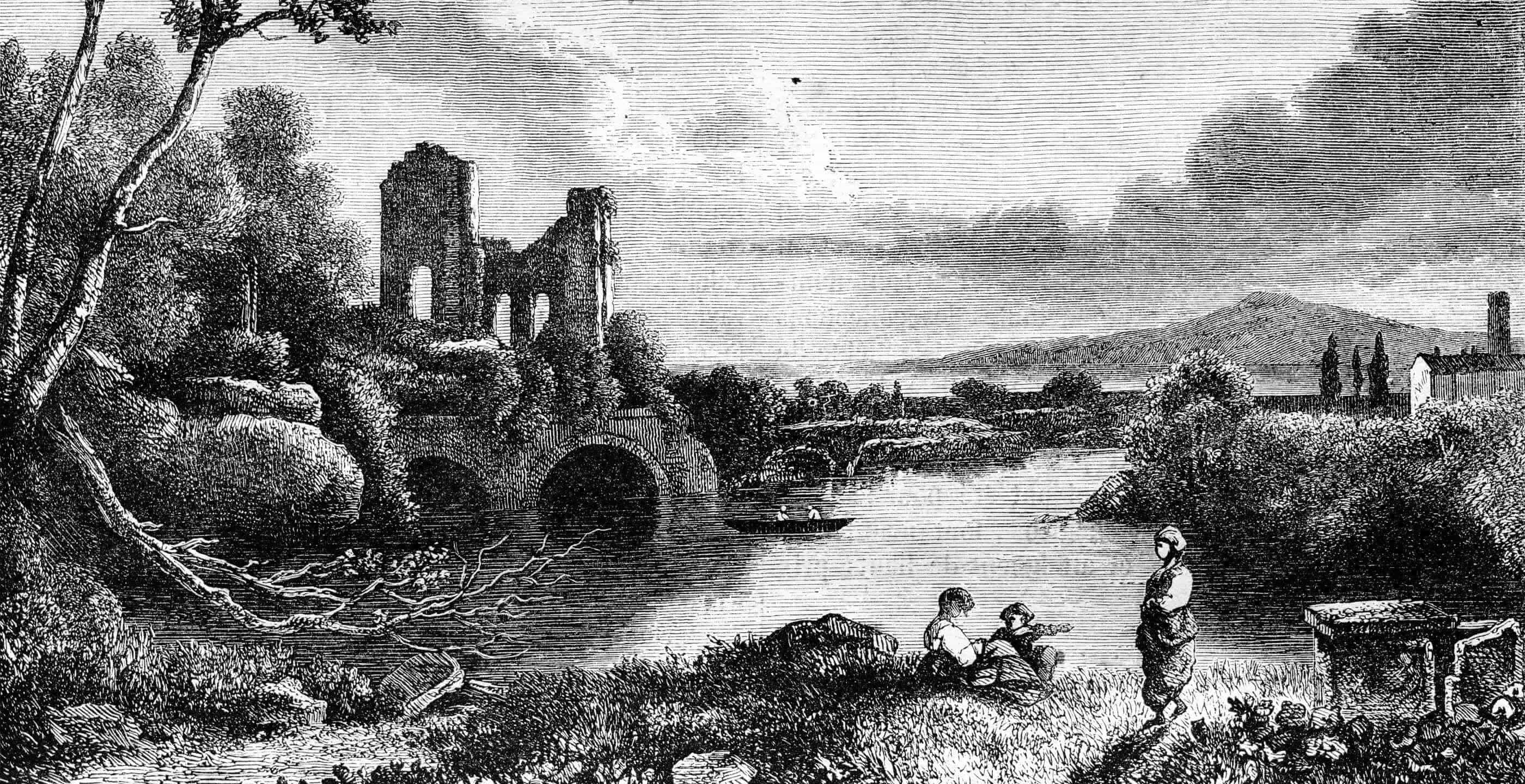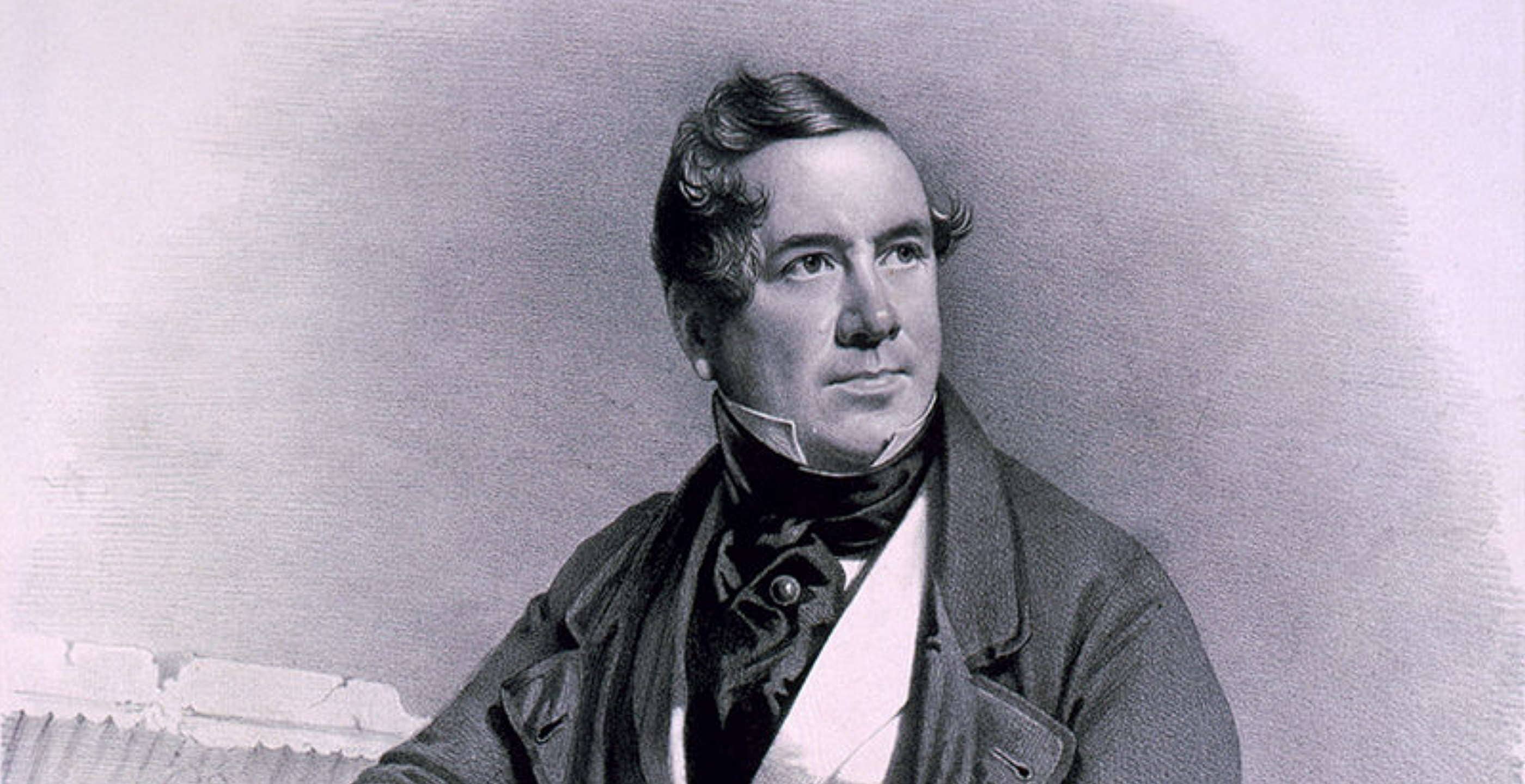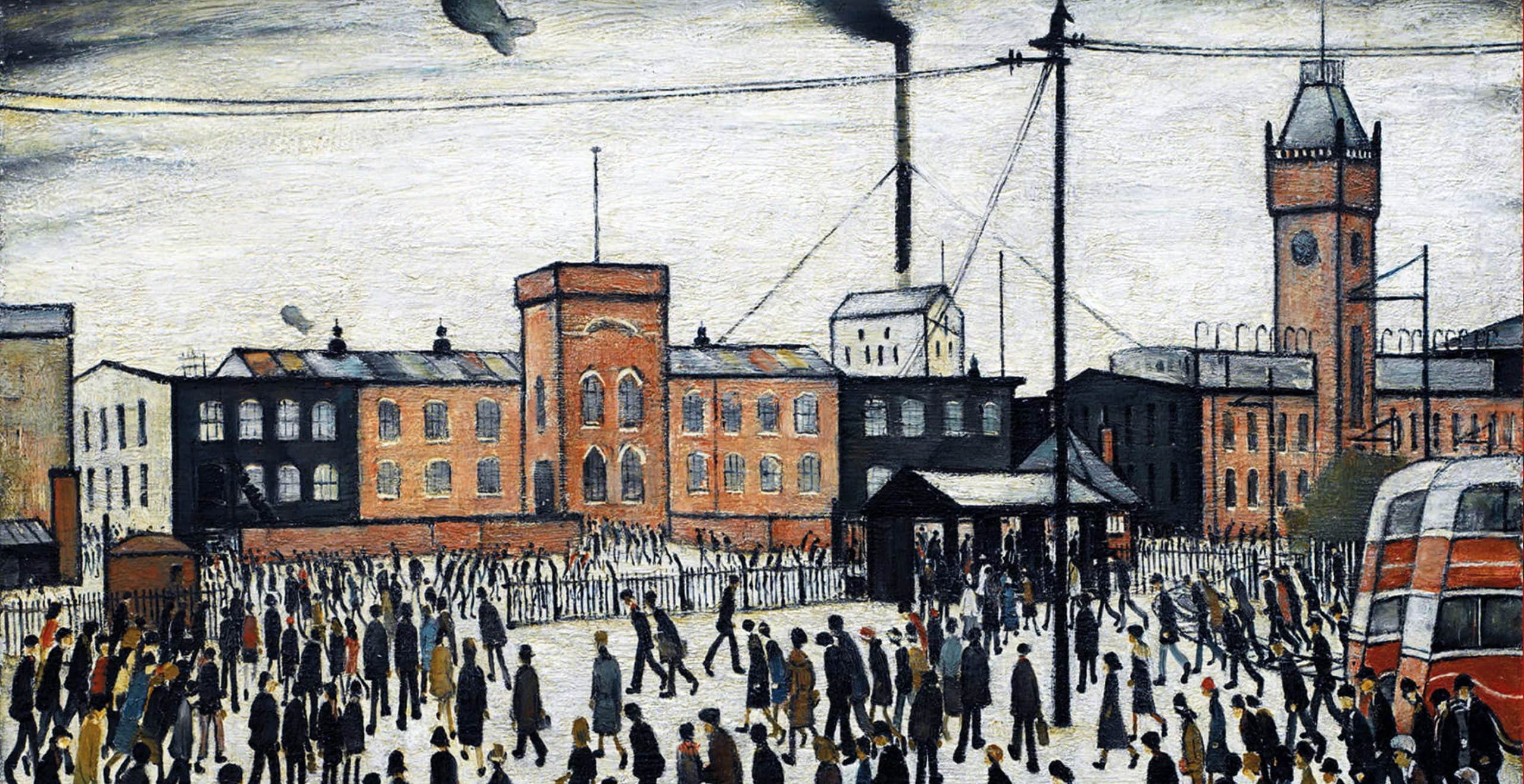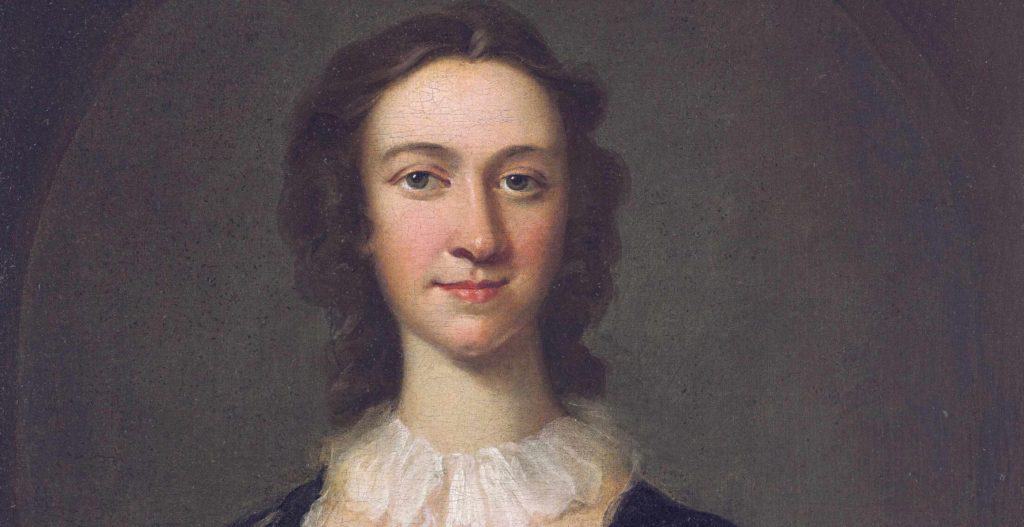Richard Wilson was born in the village of Penegoes in rural North Wales on 1st August 1714. The son of a clergyman, Wilson did not follow his father into the church but instead in 1729 went to London to train as a portrait painter, under the apprenticeship of Thomas Wright.
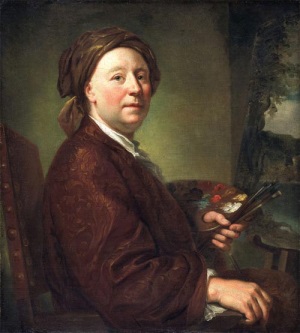
He soon became established as an accomplished portrait painter, winning commissions to paint some of the leading personalities of the day, including the young Prince of Wales and Duke of York with their tutor, Dr. Ayscough.
Another of his subjects was Flora Macdonald, newly released from the Tower of London after aiding Bonnie Prince Charlie’s escape to France after the Battle of Culloden.
In 1750 Richard travelled to Italy where he was advised to concentrate on landscape rather than portrait painting. It is said that this was at the urging of Francesco Zuccarelli, whom he met in Venice and whose portrait he painted. His rather personal style of painting was influenced by the 17th century French artist Claude Lorrain and also by Francesco Guardi, just two years older than Wilson.
Returning to Britain in 1757, Wilson became the earliest major British painter to concentrate on landscape. He continued to paint Italian landscapes, but also took commissions from English and Welsh landowners who wanted views of their estates painted in the Italian style, reminding them of their Grand Tours of Europe.
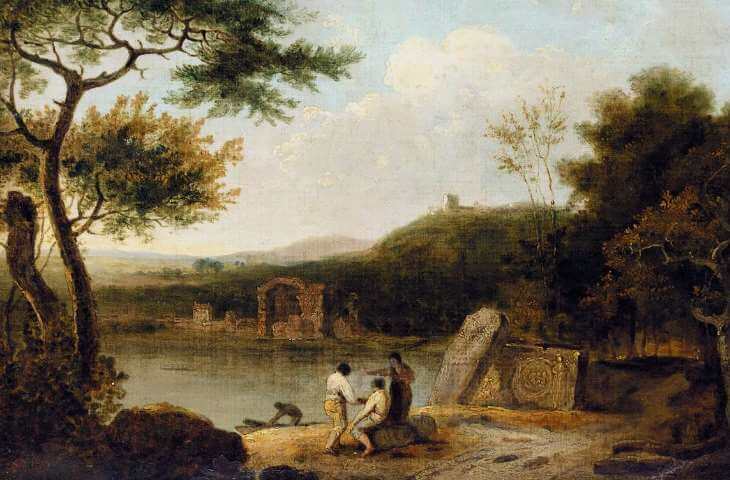
The large historical landscapes he painted sold well and he was not averse to repeating successful pictures, referring to them as ‘good breeders’. He also took on pupils including Joseph Farington and Sir George Beaumont.
Wilson exhibited at the Society of Artists from 1760 and was a founder member of the Royal Academy in 1768.
However the market for Wilson’s style of painting gradually disappeared and his income dwindled. Wilson’s work was not widely appreciated by his contemporaries: landscape painting was considered by many as inferior to portraiture. As his circumstances straitened, Wilson’s living standards and health declined; he was soon living in poverty and existing on bread and porter.
In 1772 The Royal Academy appointed him as Librarian with a salary of £50 per annum, largely as a charitable gesture. His health however declined further and he was forced to retire.
Returning to North Wales, Wilson died in relative obscurity in Colomendy, Denbighshire on 15th May 1782. He is buried in the grounds of St Mary’s Church, Mold, Flintshire.
Wilson’s most notable works include:
~ The Destruction of the Children of Niobe
~ Lake Avernus
~ The View Near Wynnstay,
~ Snowdon from Llyn Nantlle
~ Llyn Peris and Dolbadarn Castle
~ Minchenden House
